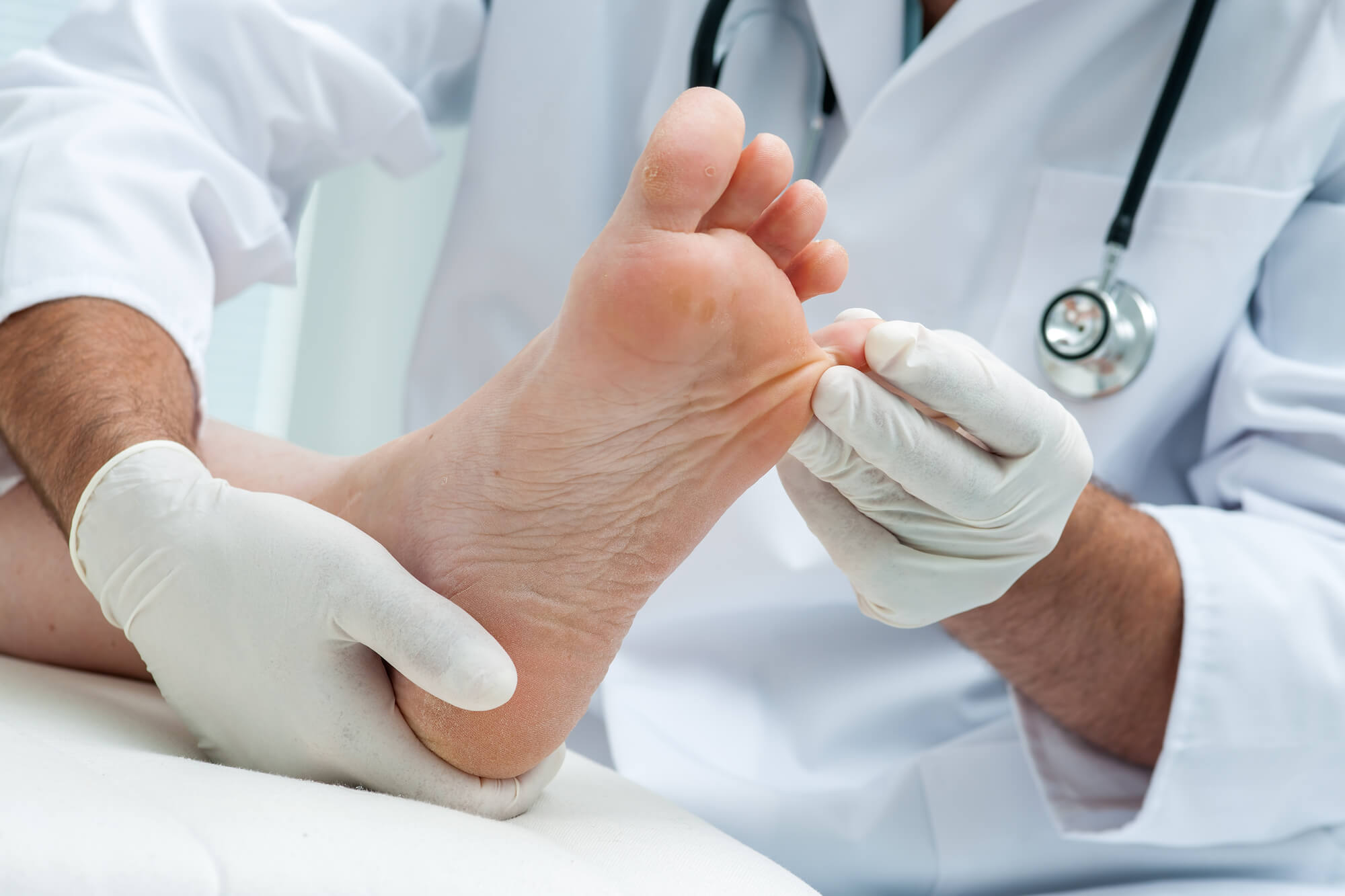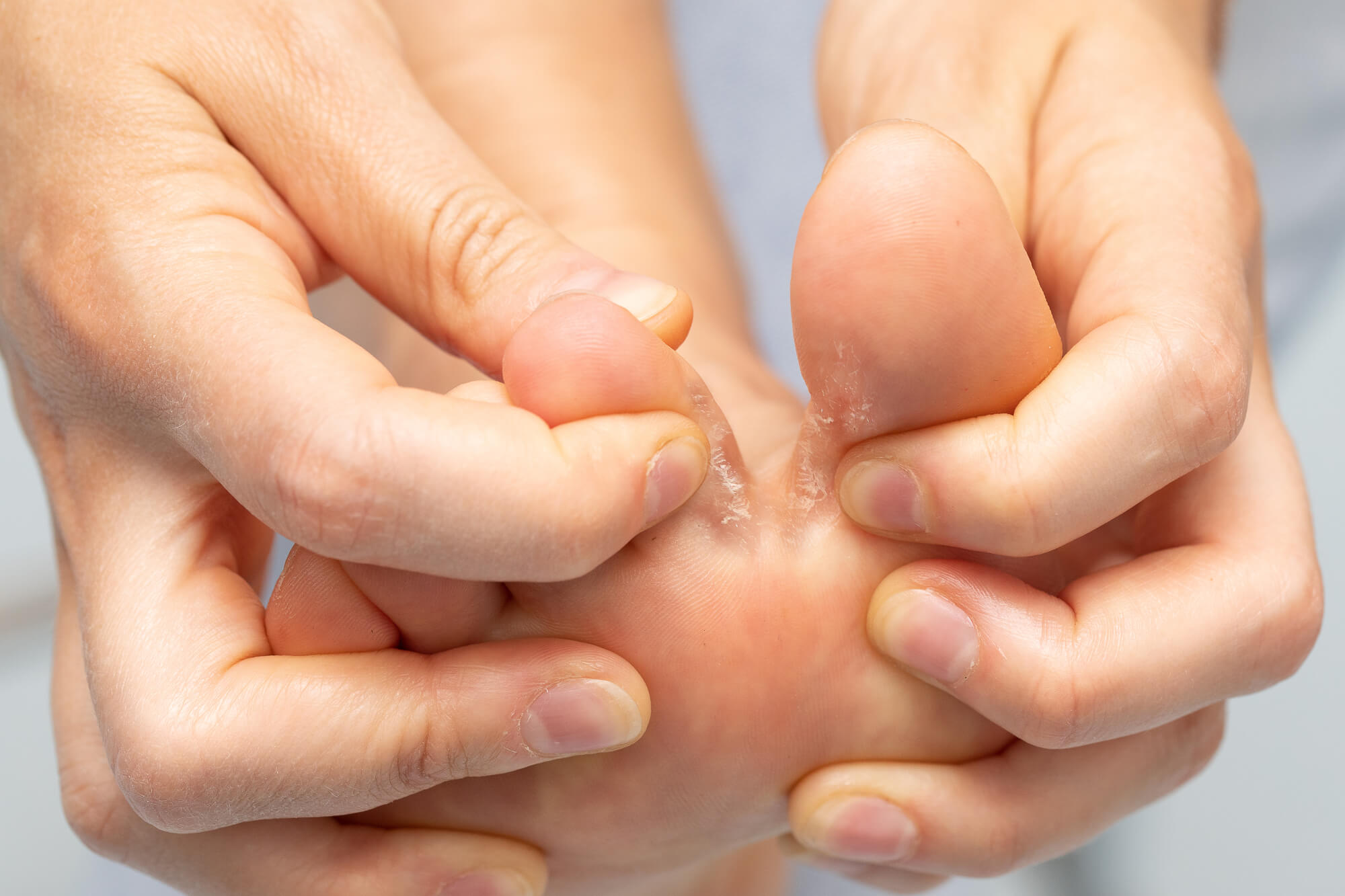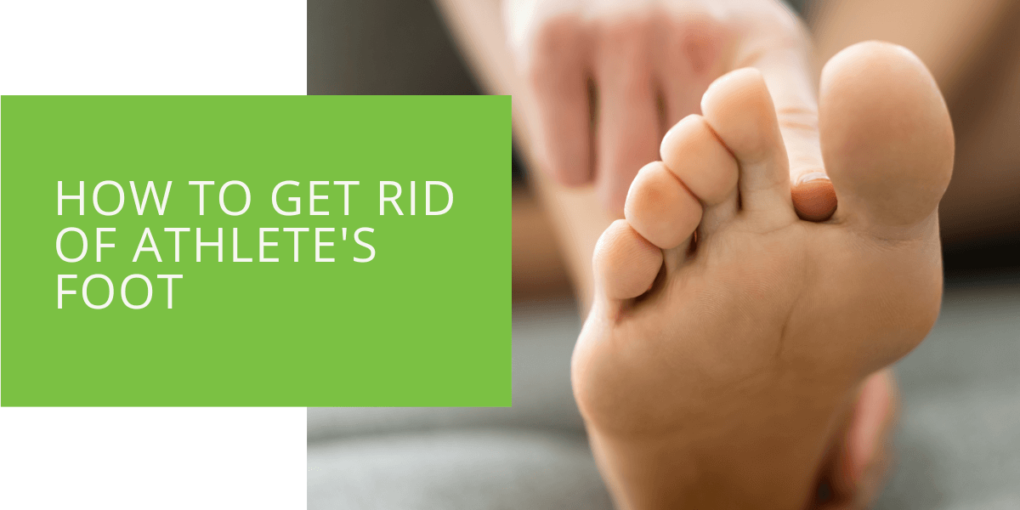How to Get Rid of Athlete’s Foot for Good
Athlete's foot, also known as tinea pedis, is a common fungal infection that affects the skin on the feet. It is caused by a fungus called Trichophyton and thrives in warm and moist conditions, making it common in public showers, locker rooms, and swimming pools. This infection is not limited to athletes and can affect anyone. While it is a common issue, many misconceptions persist about the causes, symptoms, and treatments for this condition.
This article will explore the causes, symptoms, and treatments for athlete's foot, as well as tips for preventing recurrence. We will also discuss home remedies, over-the-counter and prescription treatment options, and preventive measures. Whether you're dealing with a current infection or trying to prevent future ones, this article will give you the information you need to understand and manage athlete's foot.
Causes of Athlete's Foot
Athlete's foot is caused by a fungus called Trichophyton. This fungus thrives in warm and damp environments, such as public showers, locker rooms, and swimming pools. Individuals can become infected when they come into contact with this fungus.
Risk factors for athlete's foot include:
- Wearing tight or synthetic shoes, which can cause the feet to sweat and create a warm, moist environment for the fungus to thrive
- Having a weakened immune system, which can make it more difficult for the body to fight off the infection
- Having a history of skin conditions, such as eczema or psoriasis, can make the skin more susceptible to fungal infections

Symptoms of Athlete's Foot
Symptoms of athlete's foot can include:
- Itching, burning, and redness on the affected area
- Scaling, flaking, and cracking of the skin
- Blisters on the skin, which can sometimes break and cause pain
- A rash or scaly appearance on the skin
Symptoms of athlete's foot can be similar to other skin conditions, such as eczema or psoriasis. It's important to seek a diagnosis from a doctor or podiatrist to ensure the correct treatment is used.
Treatments for Athlete's Foot
Treatment for athlete's foot depends on the severity of the infection, as well as the individual's personal preference.
There are several over-the-counter and prescription antifungal options available, including:
- Creams and ointments that can be applied directly to the affected area
- Oral antifungal medication, in cases of severe or persistent infections
- Sprays and powders to be applied to the feet
It's important to continue using the treatment as prescribed, even after symptoms have disappeared, as the fungus can remain present and active.

Home Remedies
Simple home remedies can also be used in conjunction with or as an alternative to traditional medications. Natural substances such as tea tree oil, apple cider vinegar, and cornstarch have antifungal properties and can help to relieve symptoms.
It's important to use these remedies safely and correctly. For example, diluting tea tree oil before applying it to the skin or using cornstarch in small quantities so as not to create a moist environment on the feet.
Preventing Recurrence
Preventing the recurrence of athlete's foot is essential for good foot health and overall well-being. It's important to maintain proper hygiene and foot care to keep the feet clean and dry.
Wearing shoes that allow for proper ventilation, such as sandals or open-toed shoes, can reduce the risk of infection. Avoiding synthetic or tight-fitting shoes can also help to keep the feet dry. Walking barefoot can also be beneficial, as long as it's done in a safe environment.
It's also important to change your socks and shoes regularly to avoid the build-up of moisture and fungus. When washing your feet, dry them thoroughly, especially between the toes. This is where fungus tends to thrive.
Additionally, it's important to keep your toenails trimmed and clean, as fungus can also infect toenails. If you notice any changes in your toenails, such as thickening, discoloration, or separation from the nail bed, it's important to consult a podiatrist as soon as possible.
Another good habit to keep, especially if you are prone to fungal infections, is to change your socks and shoes after sweating heavily, such as after a workout or during hot weather. Also, avoid sharing personal items such as shoes, socks, or towels, as athlete's foot is contagious.
Conclusion
Athlete's foot is a common fungal infection that affects the skin on the feet. It is caused by a fungus called Trichophyton and thrives in warm and damp environments. Understanding the causes, symptoms, and effective treatment options, including home remedies and preventative measures such as proper hygiene and foot care, is key to eliminating fungal foot infections. If symptoms persist, it's important to consult a podiatrist for a proper diagnosis and personalized advice. With consistency in treatment options and preventative measures, you can say goodbye to athlete's foot for good.

